Enhancing your basketball performance is all about agility and quick movements on the court. In this blog, we'll talk about three essential agility drills that can significantly boost your game, focusing on foot speed, explosive power, and overall footwork.
Utilizing tools like an agility ladder and dot drill mat, these drills are designed to develop your basketball skills and improve your on-court agility. Get ready to refine your movements, strengthen your legs, and gain the confidence you need to excel in every game. Let's jump into the drills and start transforming your agility today!
Mastering Agility on the Basketball Court

Enhancing Foot Speed with Ladder Drills
Ladder drills are a fantastic way to boost your foot speed and overall agility on the basketball court. By incorporating an agility ladder into your training, you can develop quick, precise movements that are crucial for defensive and offensive plays. Start with basic high knee drills, where you step into each ladder space with high knees, focusing on driving forward with explosive power. This not only enhances your speed but also improves your ankle strength and coordination.
Next, try lateral running drills. Move sideways through the ladder, ensuring only the right foot and left foot touch each square. This helps in developing lateral quickness, essential for swift direction changes. Remember to maintain a low center of gravity to optimize balance and control. Consistently practicing these ladder drills will enhance your foot speed, making you more agile and effective on the basketball court.
Building Explosive Power through Dot Drills
Dot drills are exceptional for building explosive power and enhancing your agility on the basketball court. Using a dot drill mat, you can engage in various patterns that challenge your speed, balance, and leg strength. One effective drill is the "X" pattern. Begin by standing on the center dot, then jump outward to the four corner dots and back to the center. This drill requires you to immediately jump in different directions, promoting explosive movements and quick reflexes.
Another beneficial exercise is the "Figure 8" drill. Stand on one dot and use only the right foot or left foot to trace a figure eight around the dots. This drill improves ankle stability and proper form while developing explosive power. By incorporating dot drills into your routine, you can significantly enhance your jumping ability and overall performance on the basketball court.
Boosting Coordination and Balance with High Knee Drills
High knee drills are a fundamental exercise for boosting coordination and balance, both of which are essential for basketball players. These drills focus on driving your knees up towards your chest while maintaining a rapid pace, enhancing your foot speed and leg strength. Start by running in place, lifting both knee as high as possible with each step. This not only improves your cardiovascular endurance but also strengthens your core and lower body.
To add more challenge, try high knee drills using an agility ladder. Step into each ladder space with high knees, ensuring you maintain a proper form. This variation improves your ability to make quick, controlled movements on the basketball court. High knee drills also enhance your balance, crucial for maintaining control during fast breaks and sudden changes in direction. Consistently practicing these drills will make you more agile and coordinated, giving you a competitive edge in games.
Pro Tips for Effective Execution
Maintaining Proper Form and Technique
Maintaining proper form and technique is crucial for maximizing the benefits of agility drills and preventing injuries. When performing any drill, focus on keeping a low center of gravity. This enhances your balance and allows for quicker direction changes. Whether you're executing high knees or lateral running, ensure your knees are slightly bent and your core is engaged to support your movements.
For drills that involve jumping, such as dot drills, always land softly on the balls of your feet to reduce impact on your ankles and knees. This promotes ankle stability and minimizes the risk of injury. Additionally, keep your movements controlled and deliberate. Rushing through drills without proper technique can lead to poor performance and potential harm.
Consistently practicing with attention to form will develop your agility and strength more effectively. Remember, it's not just about speed; it's about executing each drill with precision and control.
Integrating Drills into Your Routine
Integrating agility drills into your routine is essential for continuous improvement and optimal performance on the basketball court. Start by identifying the key areas you want to focus on, such as foot speed, explosive power, or coordination. Allocate specific days for each type of drill to ensure balanced development across all skills.
Begin each session with a thorough warm-up to prepare your body and reduce the risk of injury. Incorporate ladder drills, dot drills, and high knee drills into your practice schedule, aiming for at least three times a week. Vary the drills to keep your workouts engaging and challenging.
Progress gradually by increasing the intensity and complexity of the drills as your skills improve. Consistency is key, so make these drills a regular part of your training regimen. By integrating these exercises into your routine, you'll enhance your agility, leg strength, and overall basketball skills, giving you a competitive edge in every game.

Measuring Progress and Setting Goals
Measuring progress and setting goals are essential components of effective training. Start by establishing baseline metrics for each agility drill. For example, time yourself during ladder drills or count the number of successful dot drill repetitions you can perform in a minute. Record these initial measurements to track your improvements over time.
Set specific, achievable goals based on your baseline metrics. Aim to reduce your time, increase your repetition count, or improve your form. Break these goals into short-term and long-term objectives to keep yourself motivated and focused.
Regularly reassess your progress by re-measuring your performance every few weeks. Celebrate your achievements and adjust your goals as you improve. This continuous feedback loop not only keeps you motivated but also helps you identify areas that need more attention.
By consistently measuring progress and setting realistic goals, you'll stay engaged in your training and steadily enhance your basketball skills and agility.

How to Get Started
Getting started with agility drills for basketball is straightforward and highly rewarding. First, gather the necessary equipment, such as an agility ladder and a dot drill mat. These tools are essential for performing the drills effectively. If you don't have these items, you can use chalk to draw a ladder or dots on the ground.
Begin with a solid warm-up routine to prepare your muscles and joints. Dynamic stretches and light jogging are excellent ways to get your body ready. Start with basic drills like high knees and ladder runs to build a foundation. Focus on proper form and technique to maximize benefits and prevent injuries.
Incorporate these drills into your regular training regimen, aiming for at least three sessions per week. Consistency is key to seeing improvement. Track your progress and set achievable goals to keep yourself motivated. With dedication and regular practice, you'll see significant enhancements in your agility, speed, and overall basketball performance.

FAQs
What is the best exercise to improve agility?
The best exercise to improve agility is often considered to be ladder drills. These drills are highly effective in enhancing foot speed, coordination, and quick directional changes, all of which are crucial for basketball players. Ladder drills can be performed in various patterns, such as high knees, lateral runs, and in-and-out movements, making them versatile and adaptable to different skill levels.
Ladder drills focus on quick, precise foot movements, helping you develop the agility needed to excel on the basketball court. They also improve your balance and coordination, allowing you to maintain control during fast breaks and defensive maneuvers. By incorporating ladder drills into your training routine, you can significantly boost your agility and overall performance.
Remember to maintain proper form and gradually increase the complexity of the drills as you improve. Consistent practice will yield the best results, making ladder drills an essential component of any agility training program.

What type of training improves agility?
Agility can be significantly improved through a combination of speed, strength, and coordination training. Agility drills, such as ladder drills and dot drills, are highly effective. These exercises focus on quick foot movements, balance, and rapid directional changes, which are essential for sports like basketball.
Plyometric exercises, such as jump squats and box jumps, develop explosive power and leg strength, further enhancing your agility. These exercises train your muscles to react quickly and powerfully, which is crucial for swift movements on the court.
Incorporating balance and coordination exercises, like single-leg stands or stability ball workouts, helps improve your overall control and stability. This ensures you can maintain proper form and avoid injuries during rapid movements.
Combining these training types into your workout routine will yield the best results. Regular practice, along with consistent progression in intensity and complexity, will steadily improve your agility and overall athletic performance.
What do agility drills do?
Agility drills are designed to enhance your ability to move quickly and efficiently in multiple directions. These drills focus on improving foot speed, balance, coordination, and reaction time. By incorporating agility exercises into your training, you develop the skills needed to perform rapid directional changes, which are crucial in sports like basketball.
Agility drills, such as ladder drills and dot drills, train your muscles to respond swiftly to various movement patterns. They also enhance your cardiovascular endurance, as these drills often require sustained effort and quick bursts of activity. Additionally, agility drills help improve your proprioception—your body's ability to sense its position and movement in space—leading to better balance and control.
Practicing agility drills regularly will make you more agile and resilient on the basketball court. You'll be able to react faster to opponents, maintain better control during fast breaks, and execute more precise movements, all of which contribute to improved overall performance.

How do you train effectively for basketball?
Training effectively for basketball requires a well-rounded approach that includes agility drills, strength training, and skill development. Start with a dynamic warm-up to prepare your muscles and joints for intense activity. Incorporate agility drills, such as ladder drills and dot drills, to enhance your foot speed, balance, and coordination.
Strength training is crucial for building the muscle power needed for explosive movements. Focus on exercises like squats, lunges, and plyometrics to develop lower body strength. Upper body exercises, such as push-ups and pull-ups, help improve your overall physical conditioning.
Skill development should also be a key component of your training. Practice dribbling, shooting, and defensive drills to refine your basketball skills. Incorporate high-intensity interval training (HIIT) to improve your cardiovascular endurance, which is essential for maintaining performance throughout the game.
Consistency is vital. Train regularly, track your progress, and set achievable goals to keep yourself motivated. By combining these elements, you can train effectively and excel on the basketball court.

How do you self-train for basketball?
Self-training for basketball is all about creating a structured routine that focuses on various aspects of the game. Start by working on your fundamental skills, such as dribbling, shooting, and passing. Set up cones or markers to simulate defenders and practice your moves. Dribbling drills, like figure eights and crossovers, can improve your ball-handling skills.
Incorporate agility drills using an agility ladder or dot drill mat to enhance your foot speed and coordination. These exercises will help you become quicker and more agile on the court.
Strength and conditioning are also critical. Use bodyweight exercises like push-ups, squats, and planks to build strength and endurance. Plyometric exercises, such as jump squats and box jumps, can improve your explosive power.
Finally, don’t neglect your cardiovascular fitness. Regularly engage in running or high-intensity interval training (HIIT) to build stamina. By combining these elements into a consistent training regimen, you can effectively self-train and improve your basketball performance.

How to start basketball training?
Starting basketball training can be an exciting journey. Begin with the basics by ensuring you have the right gear, including a good pair of basketball shoes and a quality basketball. Find a local court where you can practice regularly.
Start with fundamental skills like dribbling, shooting, and passing. Spend time each session focusing on these core areas. For dribbling, practice moves such as crossovers and figure eights. For shooting, work on your form and aim for consistent, repetitive practice from various spots on the court.
Incorporate agility drills to improve your foot speed and coordination. Use an agility ladder or create one using chalk to perform exercises like high knees and lateral runs.
Strength and conditioning are also important. Begin with basic bodyweight exercises like push-ups, squats, and lunges to build your overall fitness.
Finally, set achievable goals and track your progress. Consistency is key, so make a schedule and stick to it. With dedication, you'll see steady improvements in your basketball skills and performance.

How many hours should a 12-year-old practice basketball?
For a 12-year-old, practicing basketball should be about quality rather than quantity. Ideally, a young athlete should aim for 1 to 2 hours of practice, three to four times a week. This schedule allows for skill development without causing burnout or excessive fatigue.
During each practice session, focus on fundamental skills such as dribbling, shooting, and passing. Spend around 15-20 minutes on each skill to ensure balanced development. Incorporate fun and engaging drills to keep the practice enjoyable and motivating.
In addition to skill work, include agility drills and conditioning exercises to improve overall fitness. Activities like ladder drills and dot drills can enhance foot speed and coordination, which are crucial for effective gameplay.
Ensure there is adequate rest between practice days to allow for recovery. Remember, the goal is to build a strong foundation and foster a love for the game. Consistency, enjoyment, and gradual progression are key to effective basketball practice for a 12-year-old.
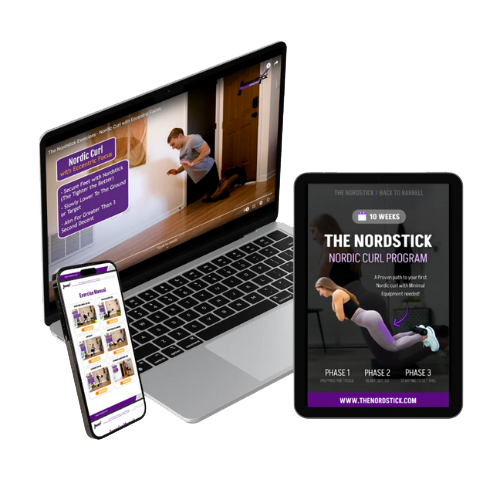


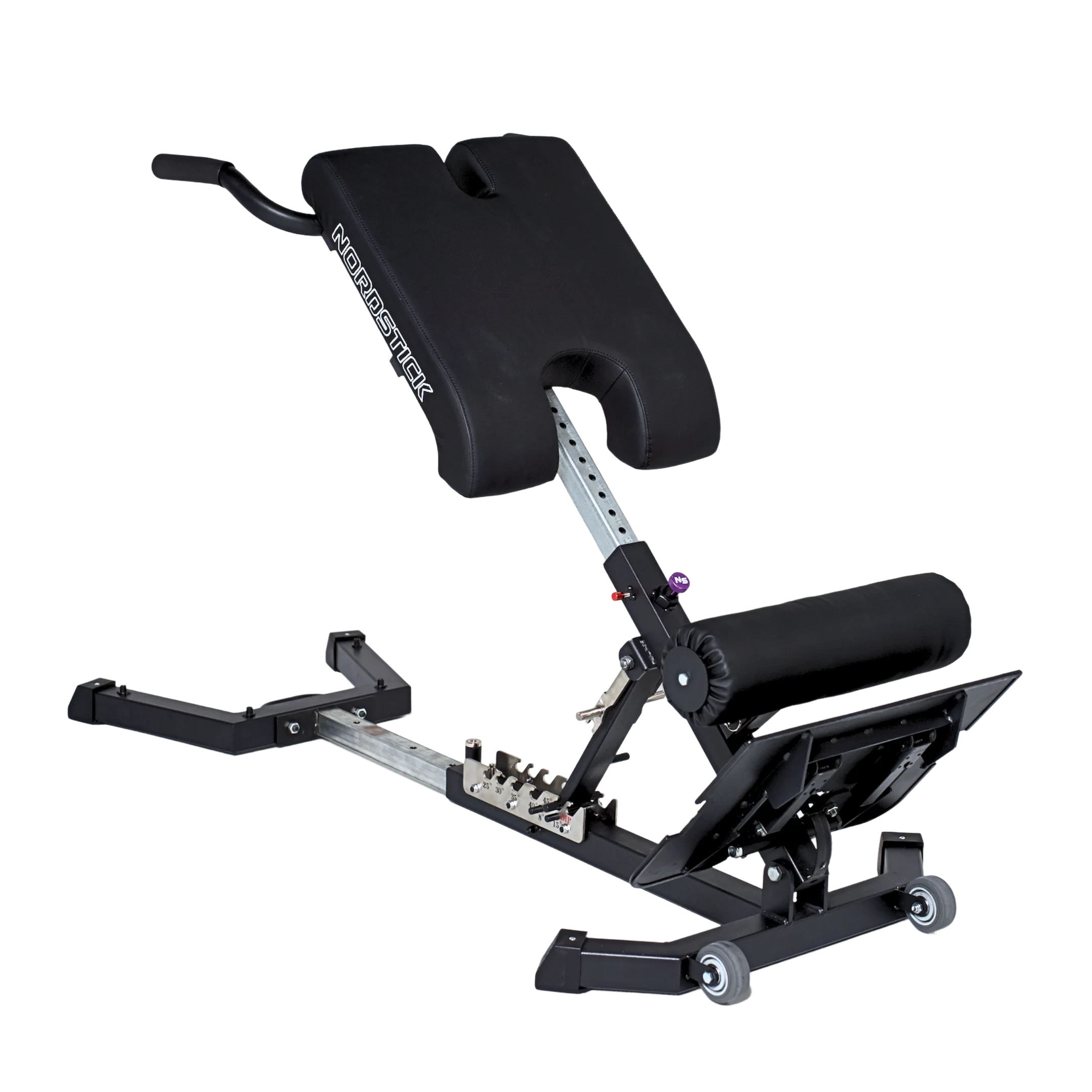
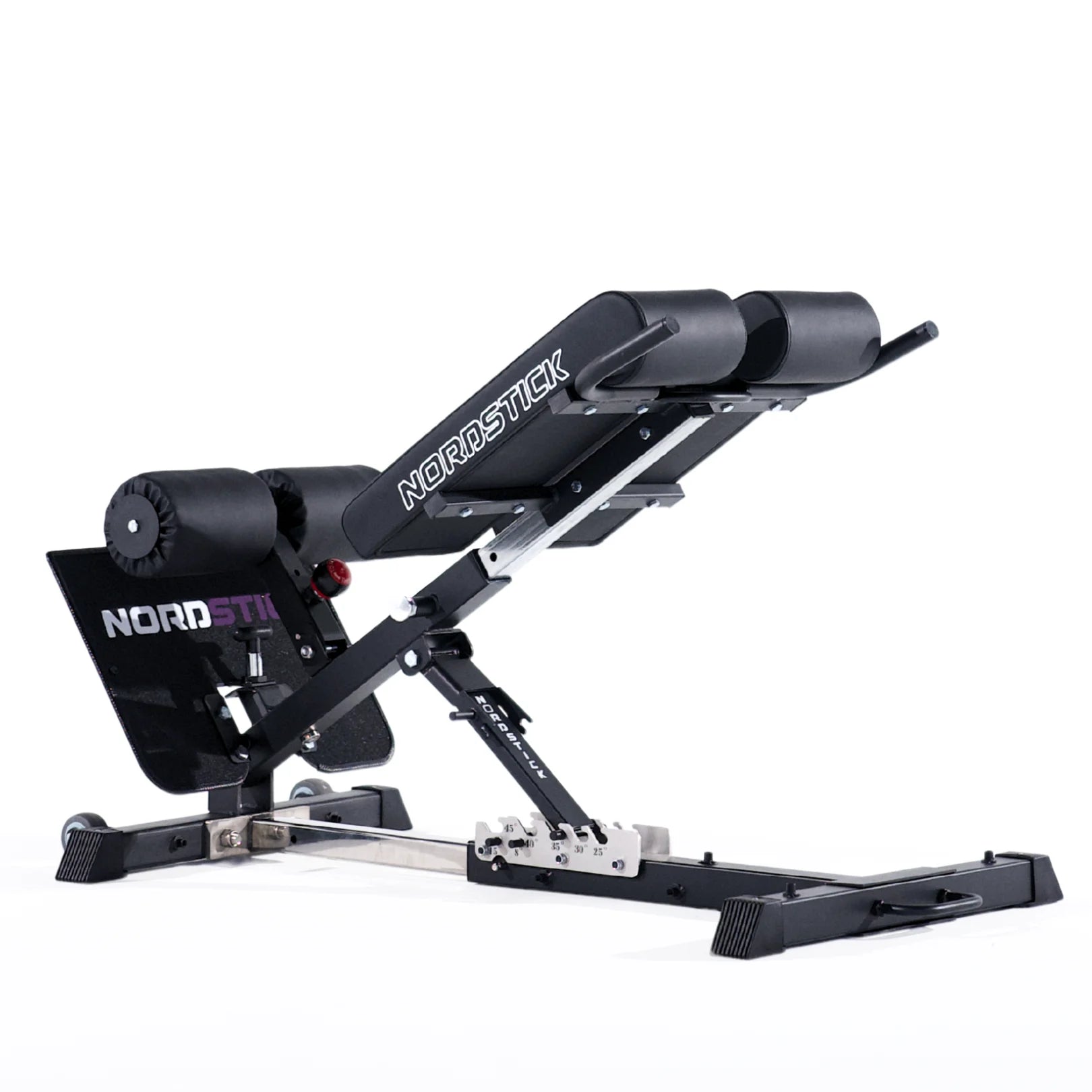





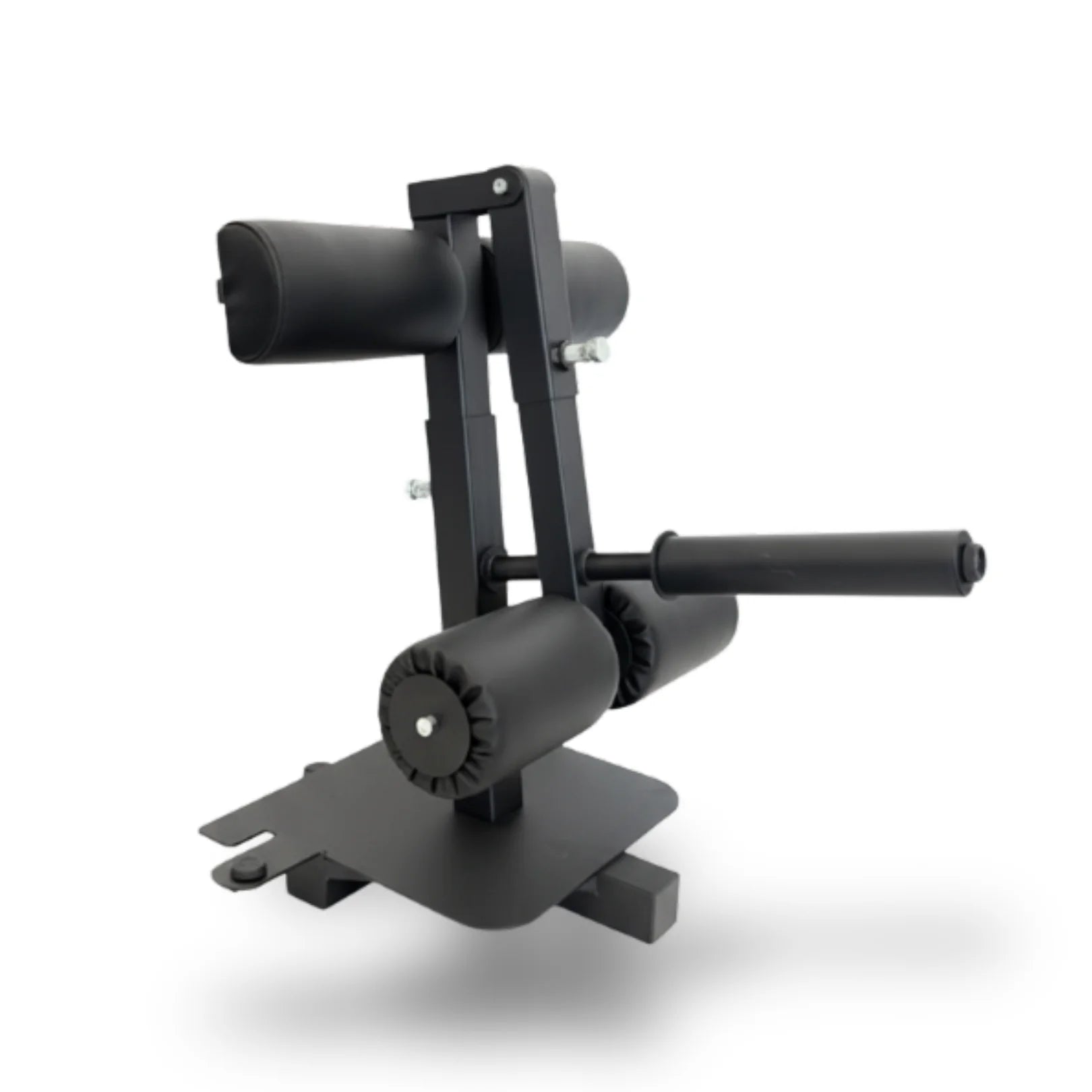
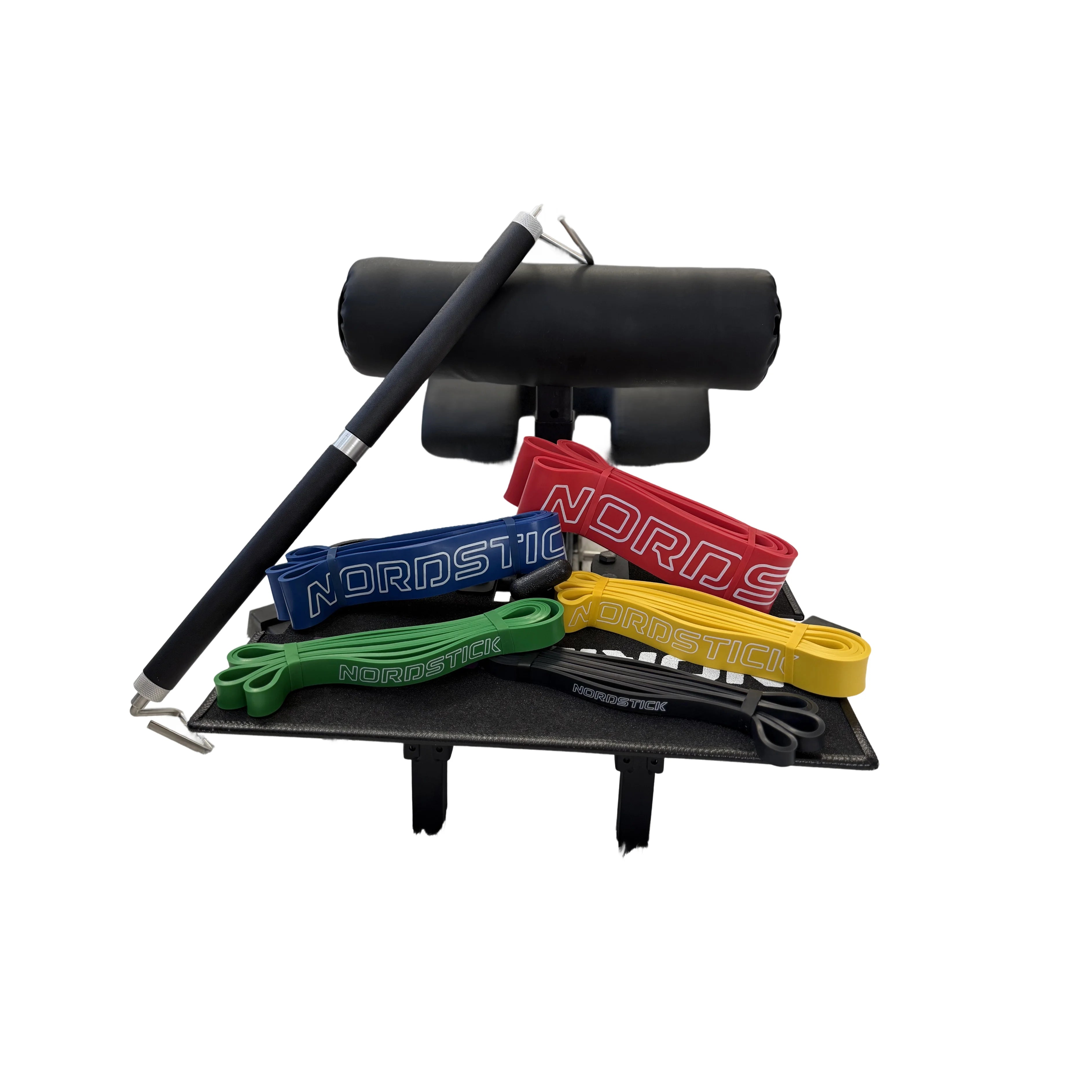
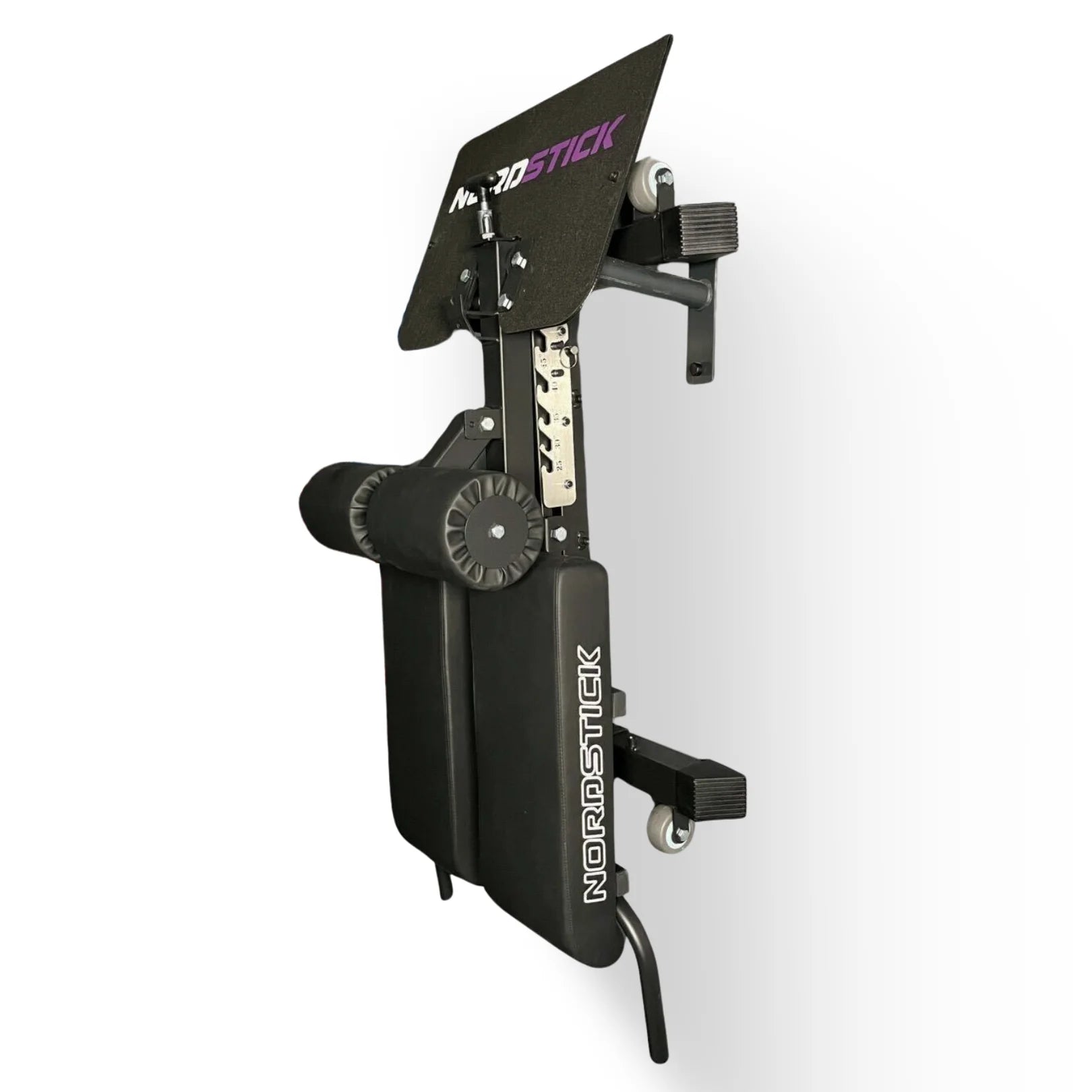
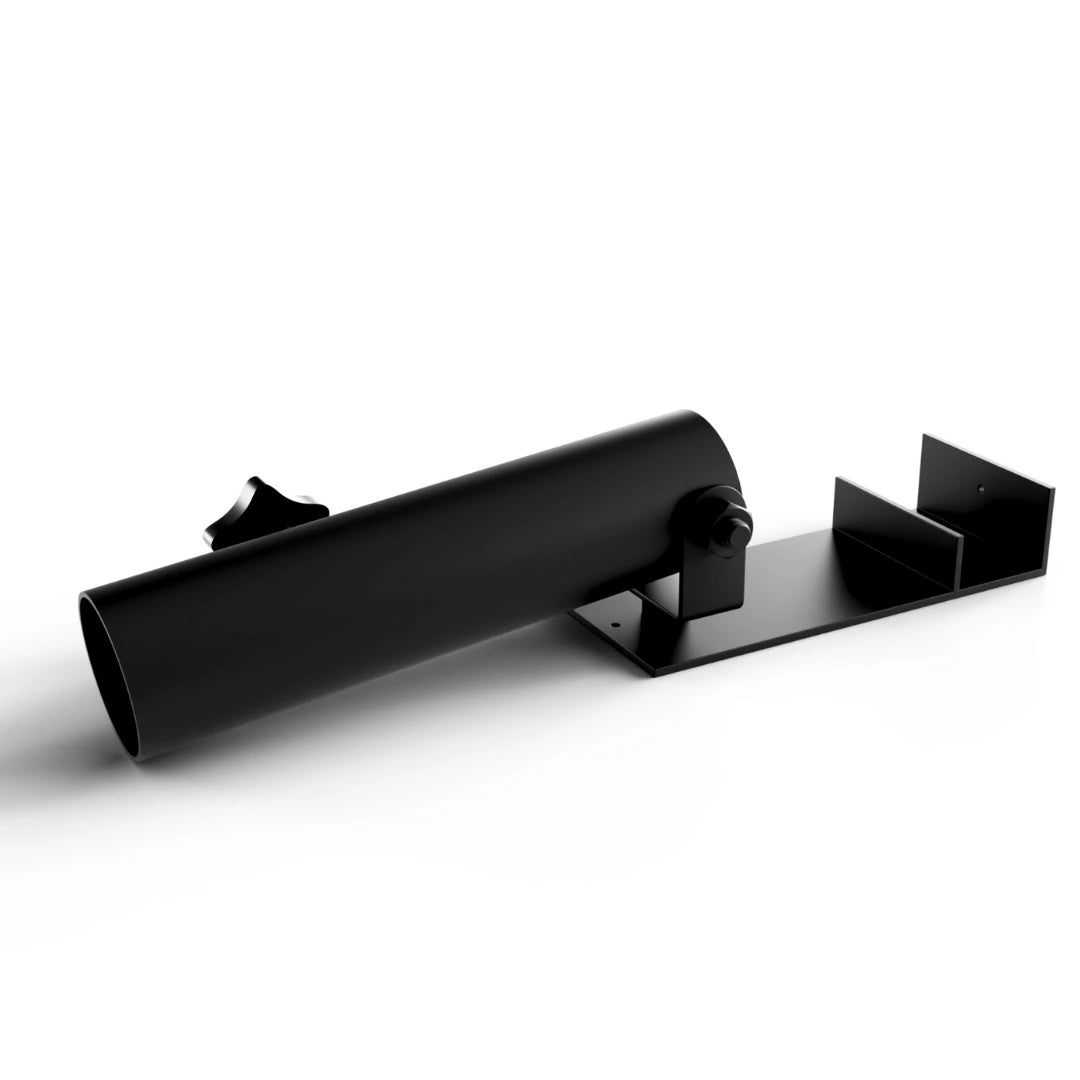
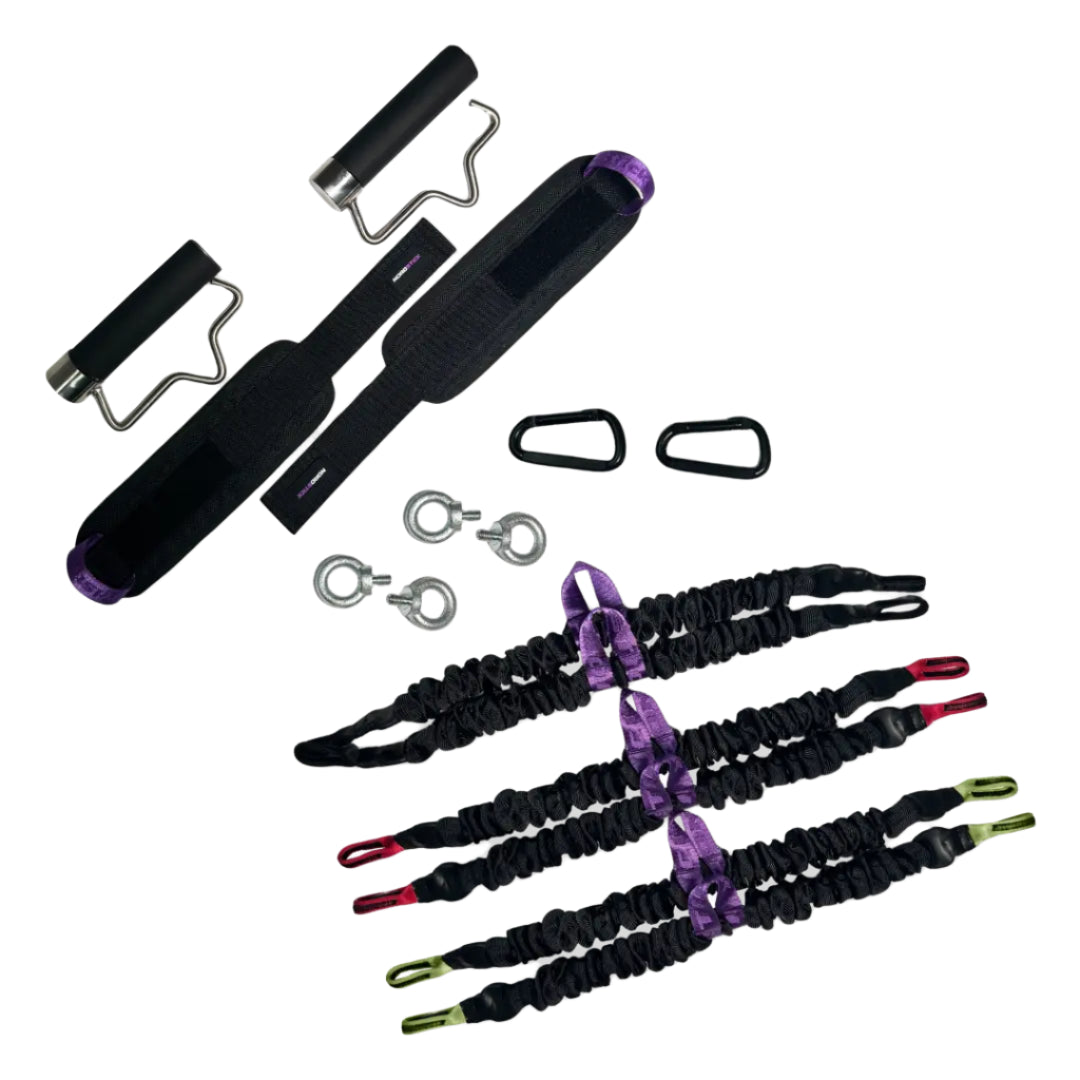
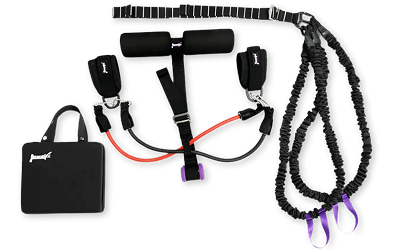
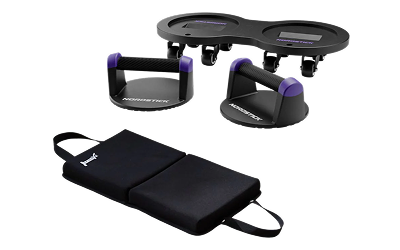
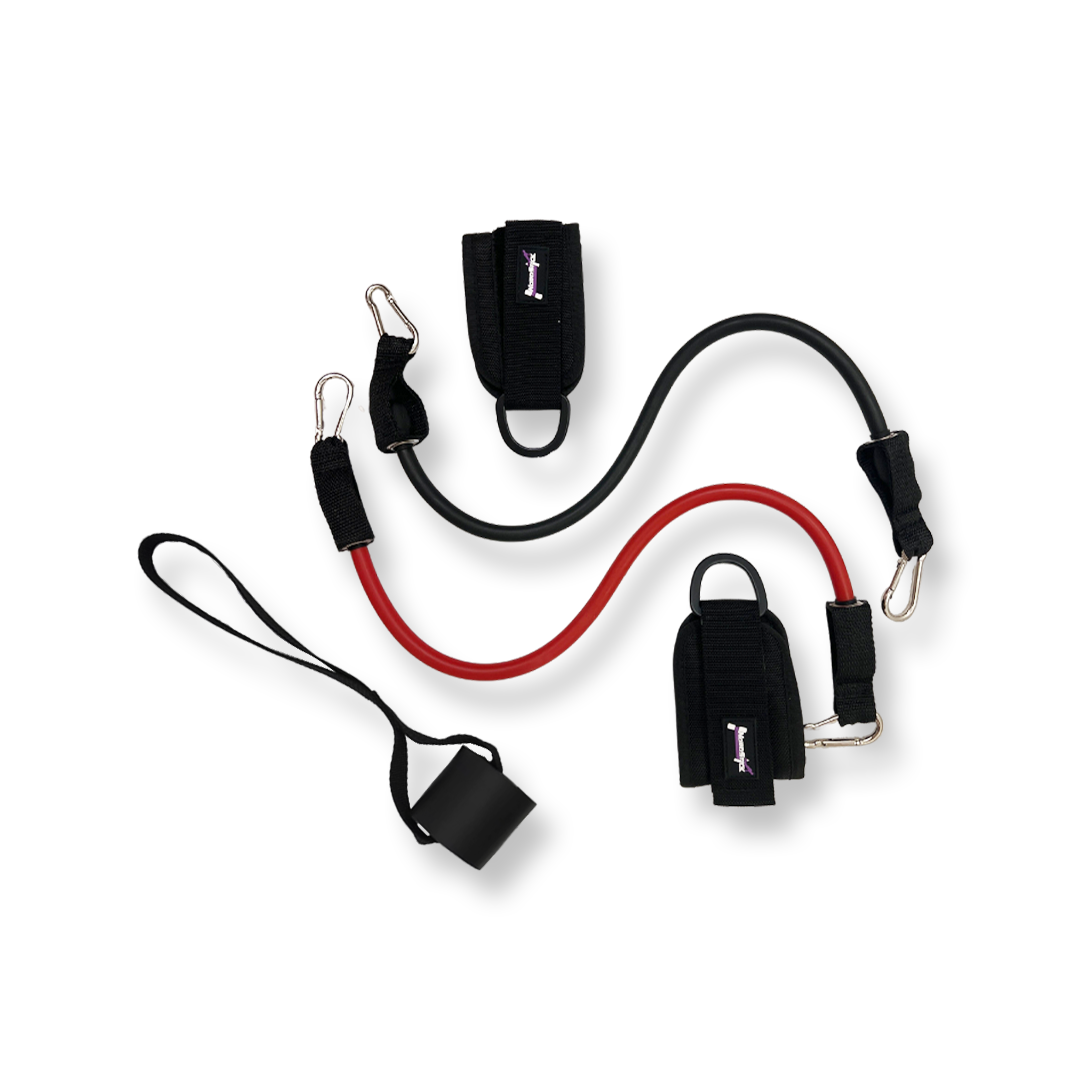
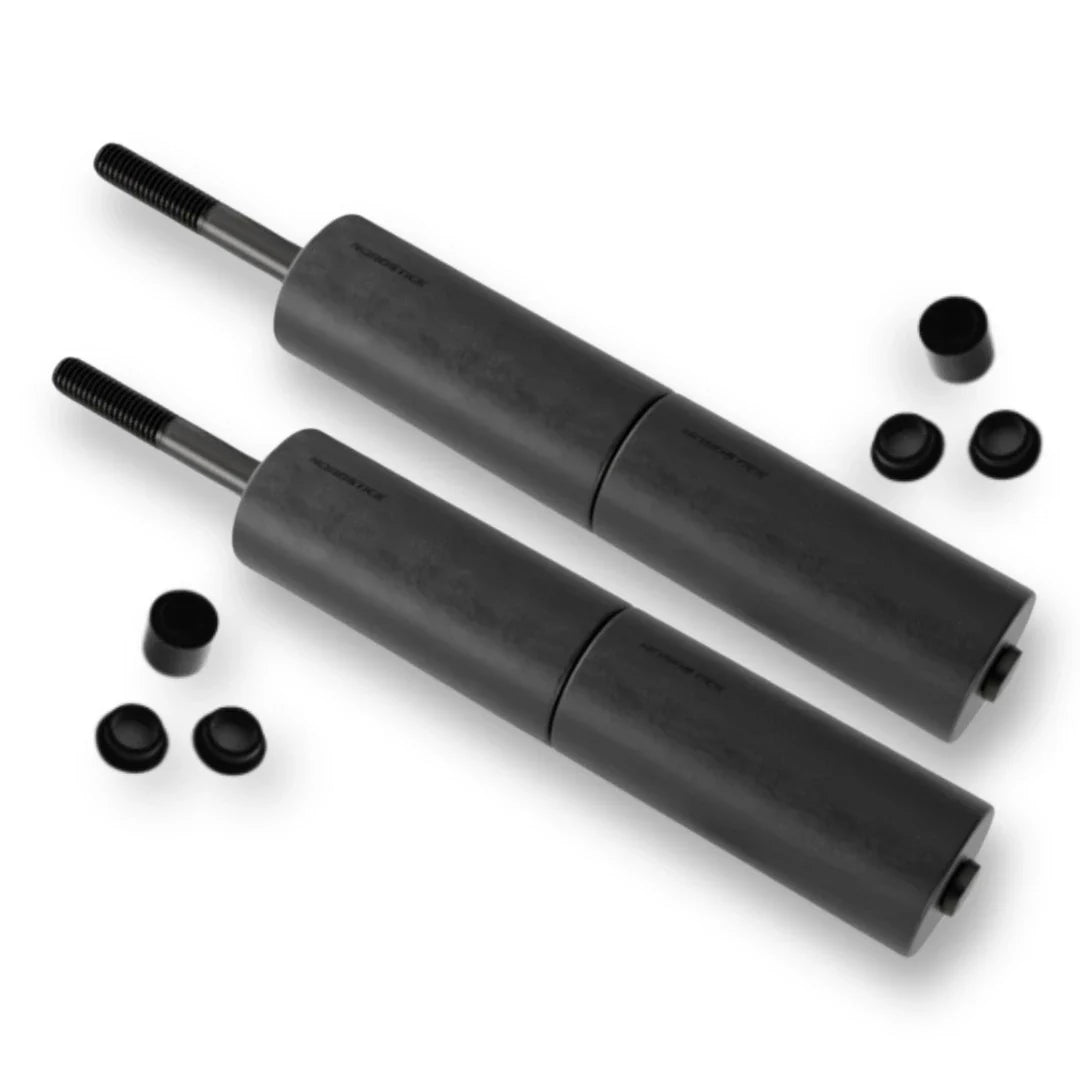
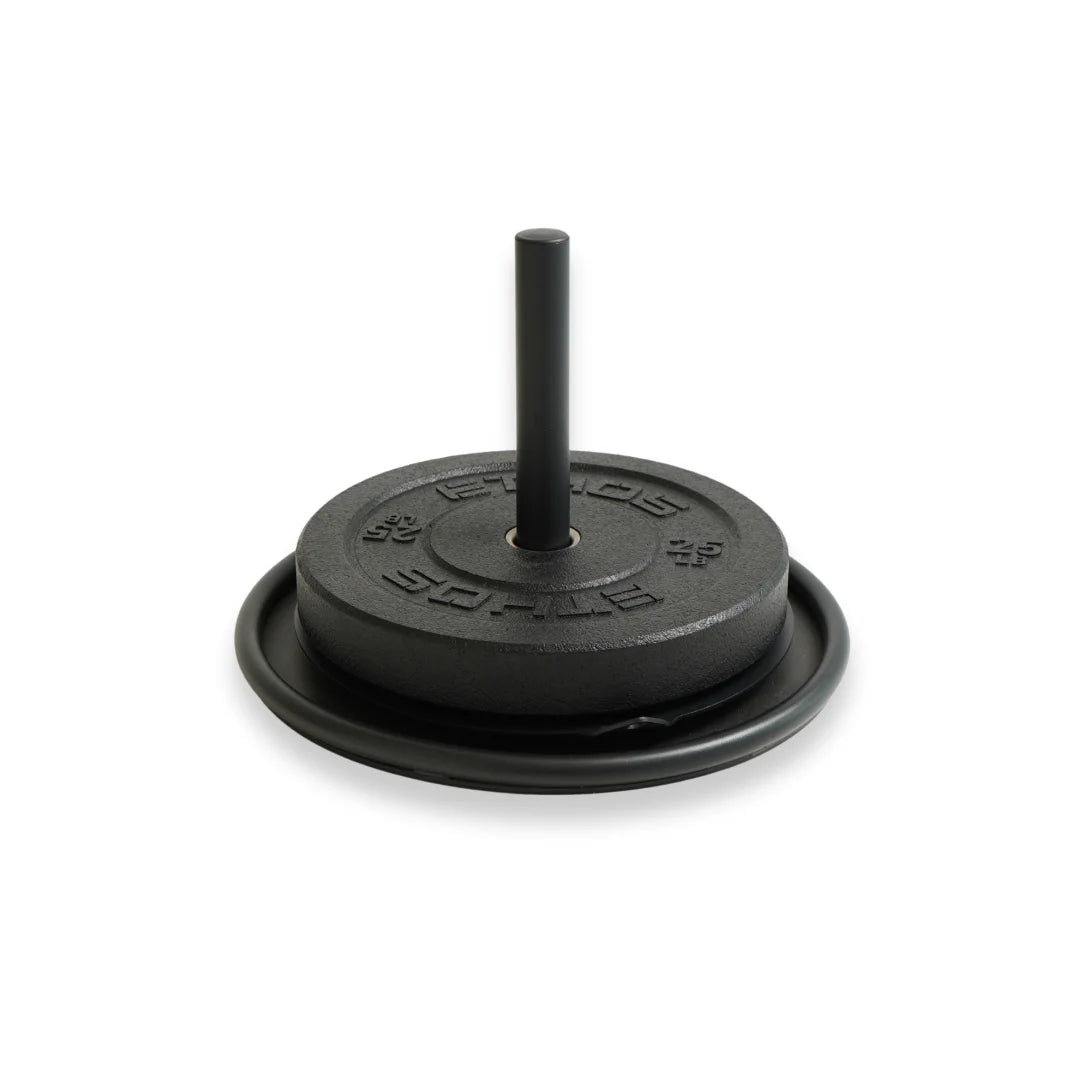
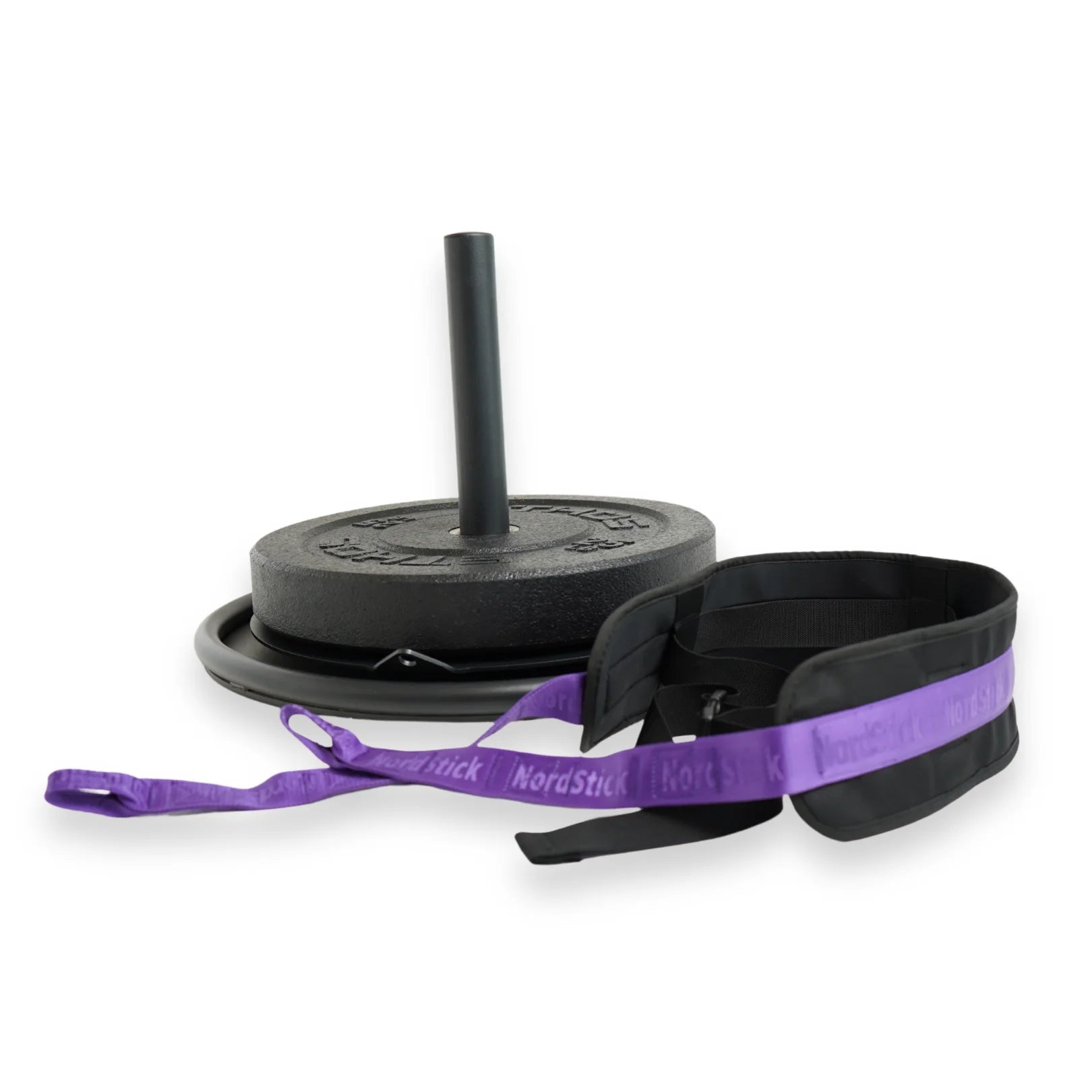
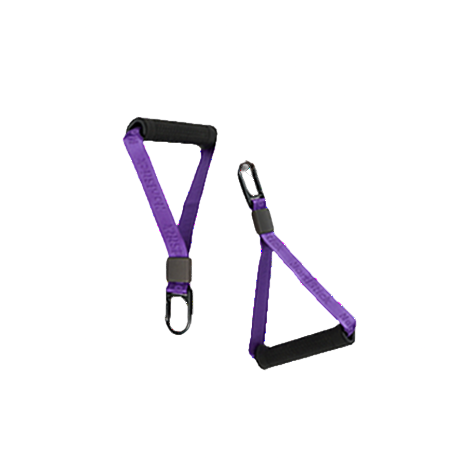
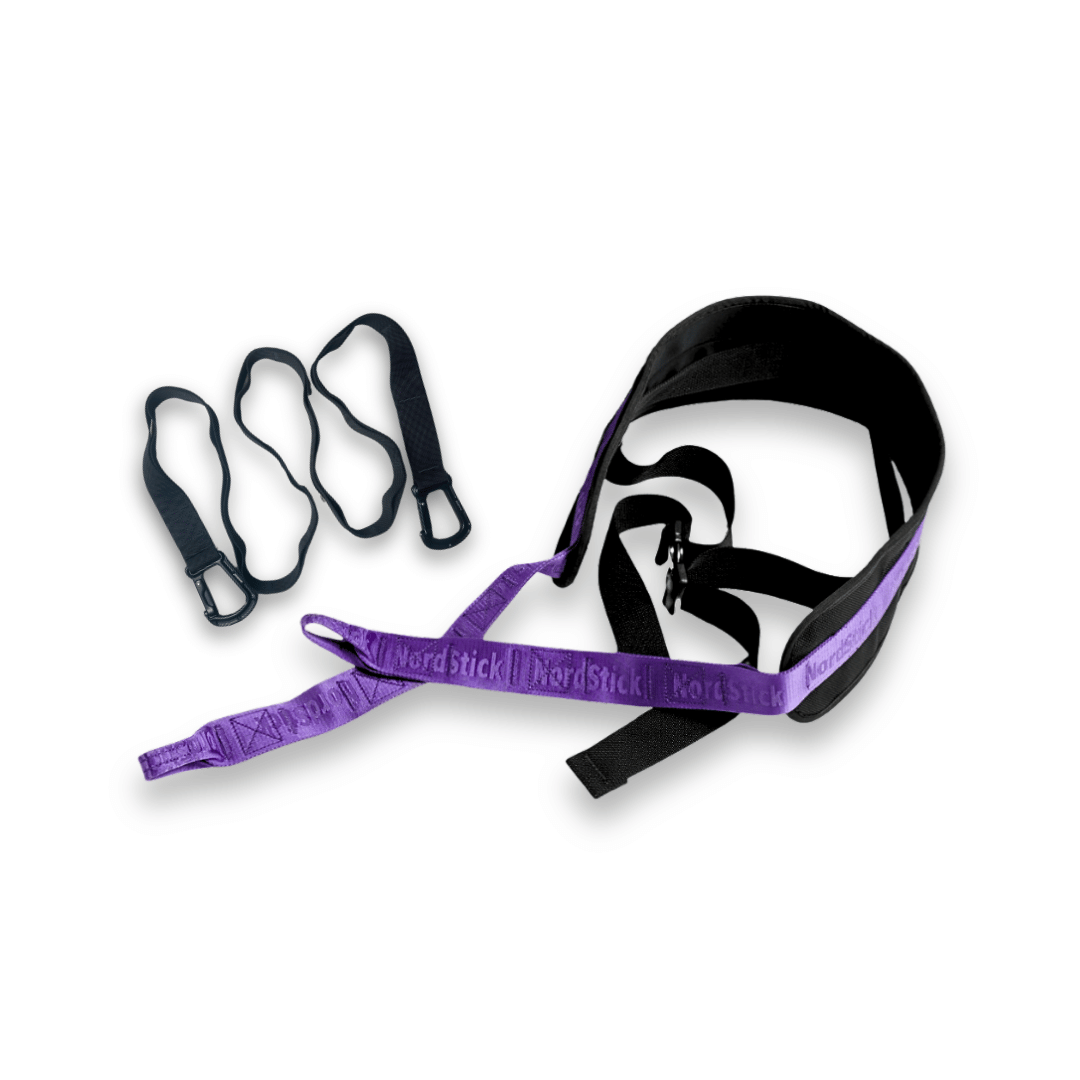
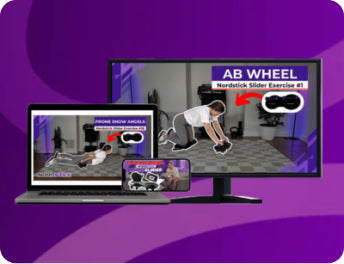

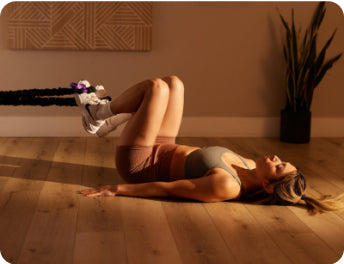
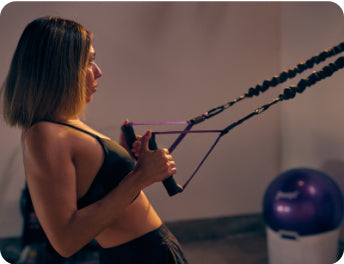


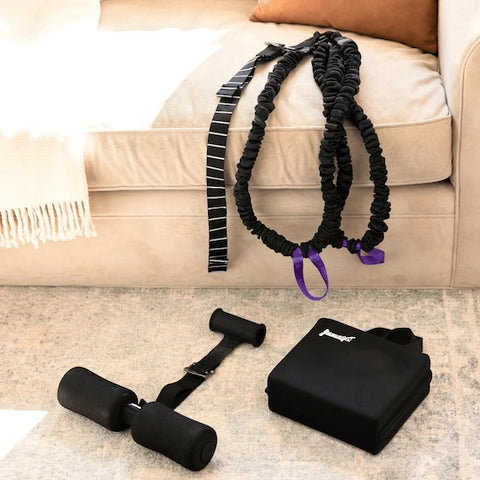


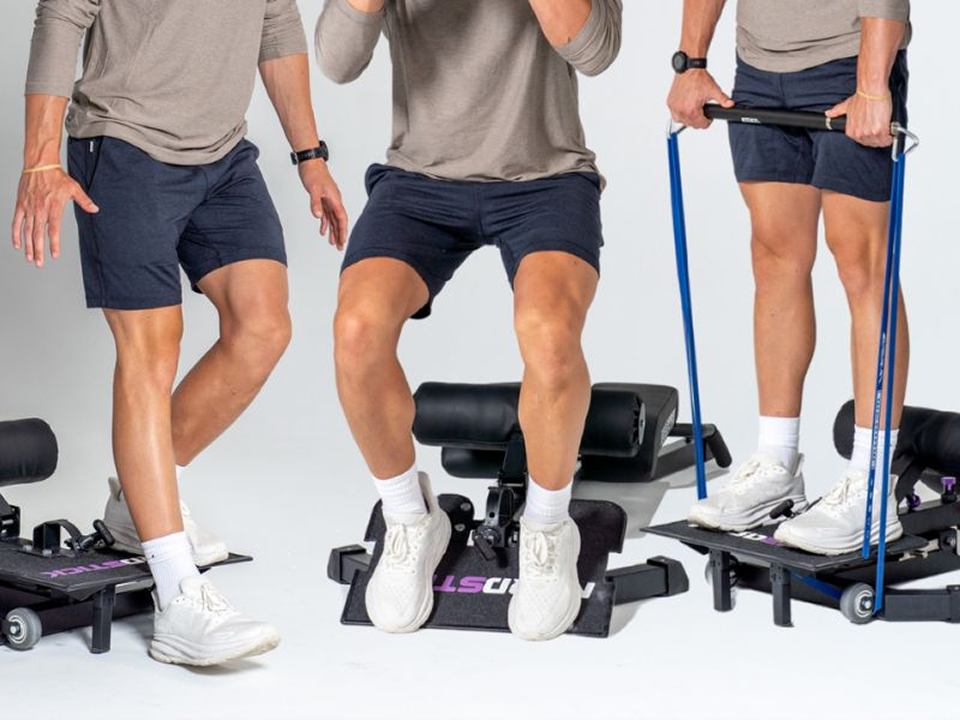
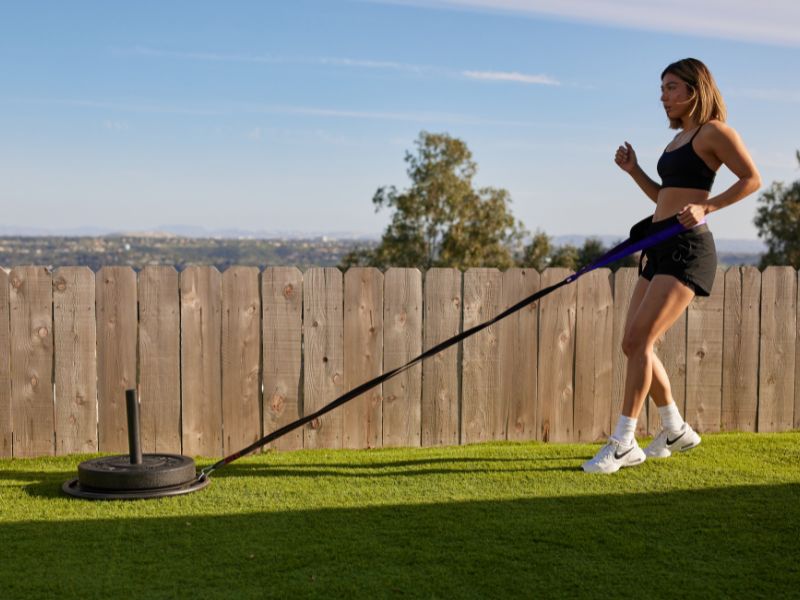

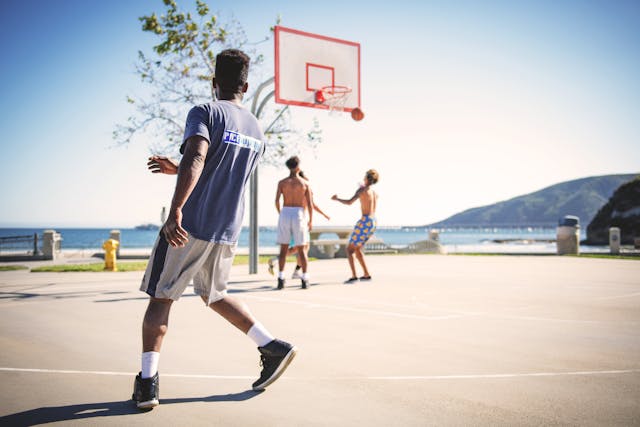





Leave a comment
This site is protected by hCaptcha and the hCaptcha Privacy Policy and Terms of Service apply.